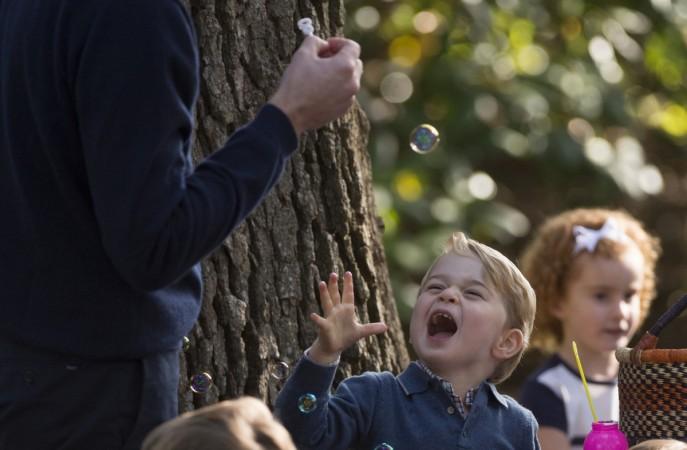
Bubbles are no child's play and to prove it, a team of mathematicians have put together the most precise recipe ever that will make for perfect bubbles every time. The study was not done only for a fun day at the park, but also to gain a better understanding of bubble dynamics and eventually lead to efficient production of industrial-scale foams or just about any mass-produced product that has bubbles in it.
Bubbles are the subject of serious scientific study since the 1800s, notes a report by Ars Technica. Joseph Plateau, a Belgian physicist first outlined the four basic laws of surface tension that govern the structure of soap-like films that make up bubbles.
Surface tension is what causes bubbles to assume their round shape. A sphere is a geometric shape that occupies the least amount of surface for a given amount of volume, requiring the least amount of energy to hold the shape. So it naturally requires the least energy to maintain, notes the report.
There has been ongoing research since the early 1900's with scientists trying to perfect the formula to create the best possible foam. As late as 2006, researchers from Harvard figured out that when tiny colloidal particles are added, it tended to form a kind of coating or armour over individual bubbles. It produced bubbles that could actually be reshaped as needed.
About two years ago, French physicists worked out the exact mechanism that went into soap bubbles forming when a jet of air collides with a soap film. Their model was tested by hanging a fishing line in a purpose-built instrument. They then dripped a soap solution on wires which immediately stuck together. They then pulled the strings apart, creating a thin film of soap after which they shot jets of air at different speeds and intensities to see which one produced the best bubbles and filmed the whole process in a high-speed camera, notes the report.
In a new paper by mathematicians from New York University's Applied Math Lab fine-tuned this experiment and have devised the formula for blowing the perfect bubble based on a similar experiment conducted with soapy thin films.
"We can now say exactly what wind speed is needed to push out the film and cause it to form a bubble, and how this speed depends on parameters like the size of the wand," said co-author Leif Ristroph.
The formula is pretty simple- a circular wand with a 3.8 cm circumference (roughly half a cm radius), and a consistent gentle blow of 6.9 cm/s. Blowing faster will result in a burst bubble. The scale of the wand can be increased or decreased, notes the report.
There are two ways to make the bubbles, says Ristroph- it can either be one steady gust of air blown against the film, or it can be a quick puff that creates a divot in the film after which the air can be blown steadily into the bubble, making it larger. They both work just as well.
The study was first published in the journal—Physical Review Letters

















